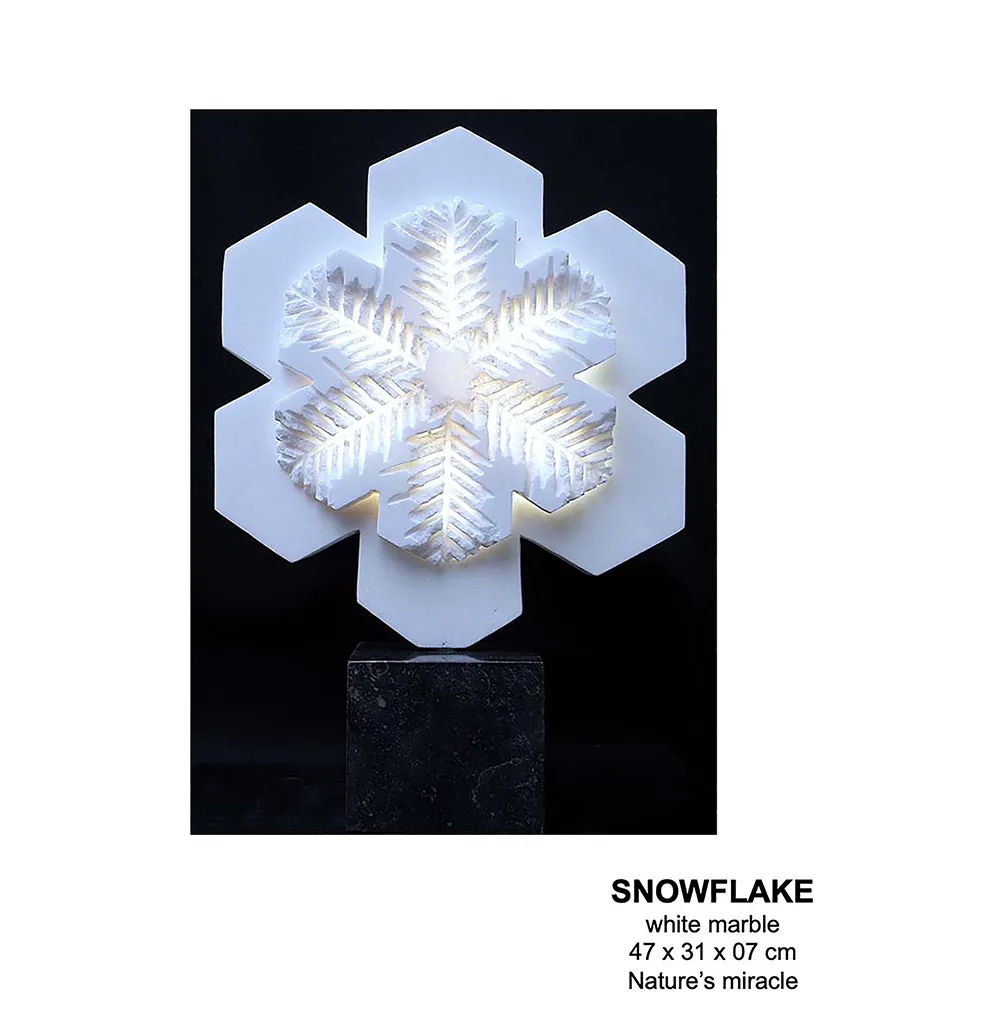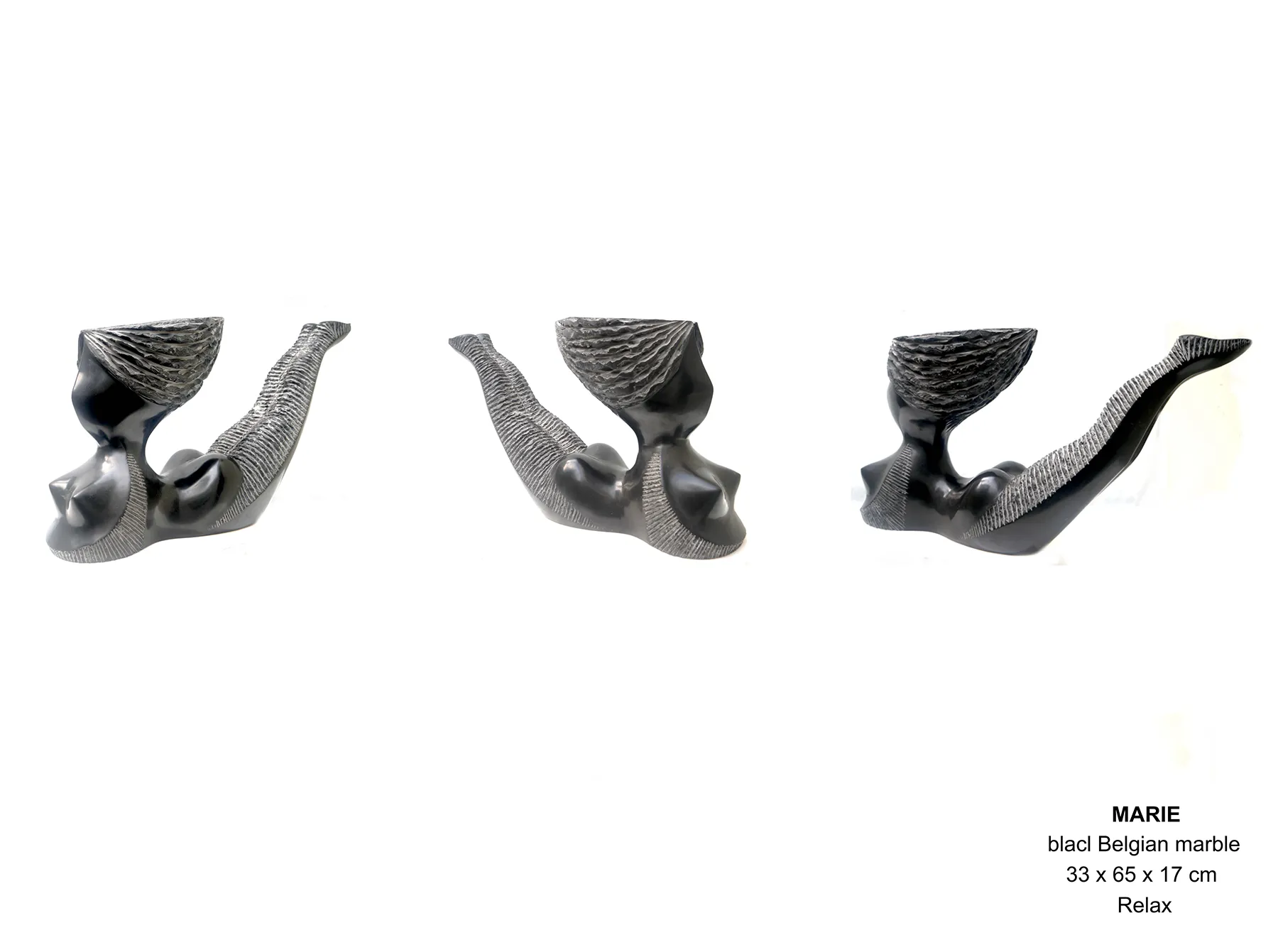Marian Sava’s journey into the world of sculpture began with a deep-rooted passion for art, sparked in childhood through the medium of drawing. This early experience laid the foundation for his creative journey, which evolved from simple sketches to intricate sculptures that capture the essence of form and material. Sava’s transition to sculpture was not merely a shift in medium but an exploration of new possibilities, as he became an “imagination worker” who skillfully transformed wood, clay, plaster, and resins into three-dimensional expressions. His approach to these early materials was marked by a tactile understanding and a respect for their unique properties, which allowed him to develop a sensitivity to texture and form that would later define his work.
As his artistic vision matured, Sava gravitated toward more challenging materials, such as marble and granite. It was in Belgium that he discovered Belgian black marble, a material that would become central to his artistic identity. Known as “devil’s marble” due to the difficulty of achieving a polished finish, this unique stone fascinated Sava with its transformation from dark gray to a deep, mirror-like black through a meticulous polishing process. The richness and depth of this polished surface captivated Sava, providing a medium through which he could explore contrasts between light and shadow, presence and absence. This fascination with black marble led him to develop a signature style that emphasizes surface rhythms, creating a dialogue between the material and the invisible forces that shape our world.








